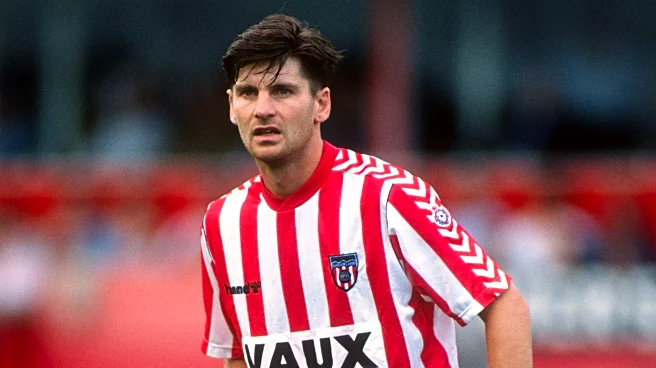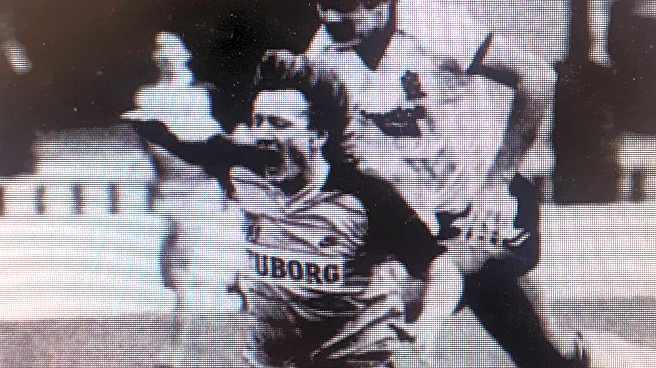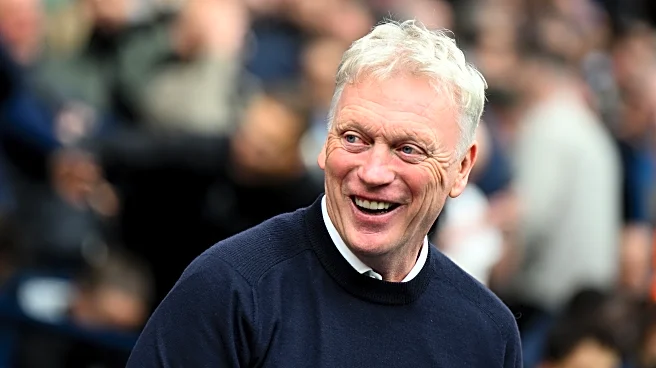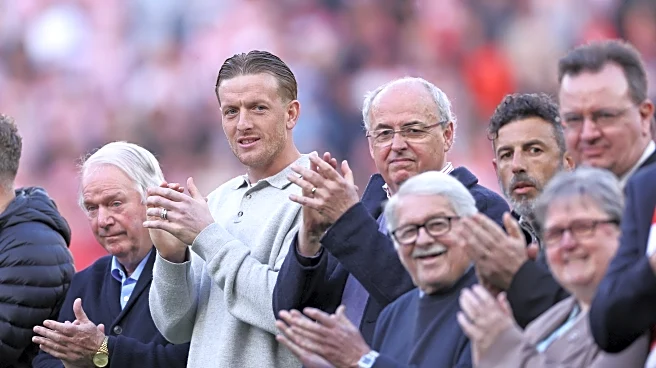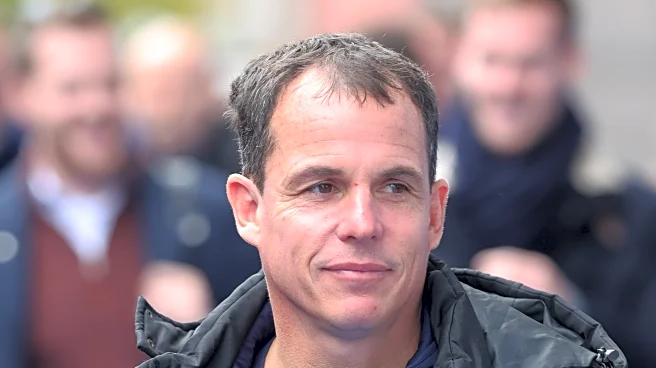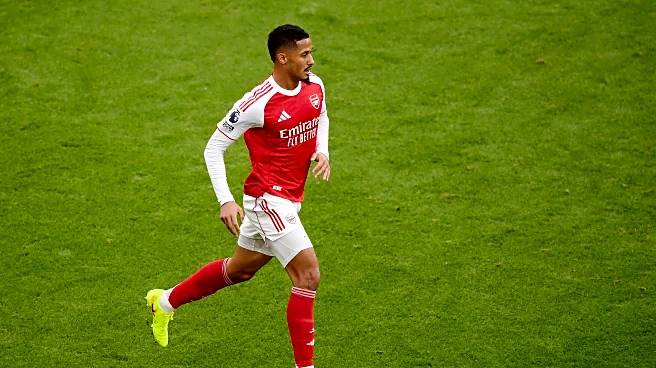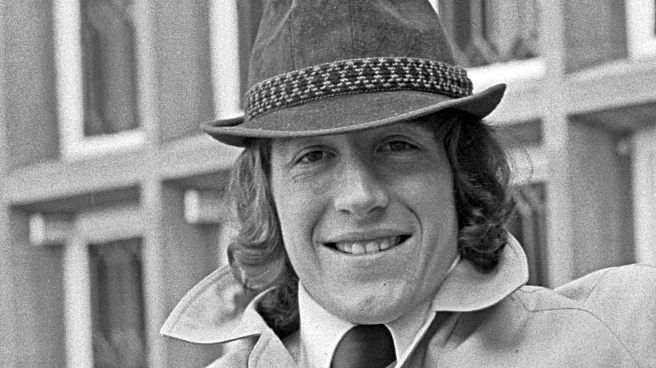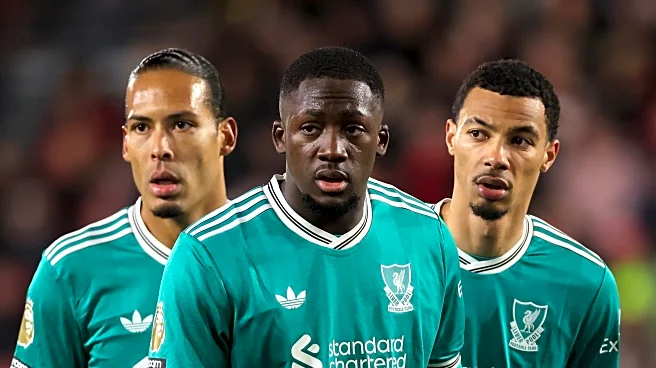Paul Bracewell was a player who amassed 268 appearances for Sunderland over three different spells. He was a key player in a red and white shirt in all of his stints at the club and in his first spell was one
of the best midfielders we have had in the last 50 years. Few have hit the level of performance that he achieved as a young player in the decades since then, and fans of the lad’s who were around in the early to mid 1980s will testify to the player we had on our hands and rather stupidly let move on.
Back in the summer of 1983 Sunderland manager Alan Durban wanted to reboot his central midfield and alongside making Mark Proctor a permanent signing from Nottingham Forest after an earlier month long loan spell, he went back to his former club Stoke to secure the services of someone he knew all about – the just turning 21 years of age Paul Bracewell. He was at that time one of the best young upcoming central midfielders in the country, after being in the Stoke first team from 18 years old and Durban was happy to bring him to Wearside for £250,000.

He made his debut at home to Norwich in a 1-1 draw and very quickly began to produce consistent high quality performances every week, invariably being the best Sunderland player on the pitch and controlling the midfield in the young side that Durban had built. He was brought as a midfield ball winner, but there was more to his game than that and he also had an eye for a pass, and at that point he could drive forward with the ball. In that first spell, he was a phenomenal player.
If that Sunderland team had more goals in them then they would have done something in the top flight, but after a poor run in the New Year of 1984 Alan Durban was sacked by chairman Tom Cowie who immediately brought in former player and Cardiff manager Len Ashurst to take over until the end of the season. There was a significant First Division fixture at Roker Park on 21 April 1984 against Everton, which even Peter Reid alluded to years later in his book.
Playing for the opposition, Reid found himself in a ferocious battle with Bracewell for control of the midfield throughout the match, and with the game poised at 1-1 and Sunderland desperate for the points, Reid was substituted by his manager, Howard Kendall, midway through the second half before he was sent off.
I was in the Fulwell End and what still sticks in my memory even now, was at that point Bracewell and Sunderland took control of the game, upped the tempo – the sign of a good team – and scored the winning goal through Colin West. Peter Reid took notice of Bracewell that day, and more significantly, so did Everton manager Howard Kendall.
On the last day of the season Sunderland had a chance of being relegated but bizarrely after winning 2-0 at Leicester ended up finishing in 13th place. The team that lined up that day was managed by Len Ashurst but was essentially Durban’s team and lined up as: Turner, Venison, Pickering, Atkins, Chisolm, Bracewell, Robson, West, Proctor, Chapman.

It’s often been mentioned that not many players who leave Sunderland go on to greater and better things. How many can you think of that left Sunderland went on to win a League Title?
I can think of Jordan Henderson and Marcos Alonso (who we only had on loan). Other than that, who else over the last few decades? Go back to that Sunderland team at Leicester in 1984.
Barry Venison won two League Titles and the F.A. Cup with Liverpool. Bracewell won the League Title and Cup Winners Cup just one year later and would have definitely won a second League Title if he had not been injured for nearly two years. Lee Chapman was a key player as Leeds won the last First Division Title in 1992 before the formation of the Premier League, while Chris Turner went to play for Manchester United and Nick Pickering was part of the Coventry team that won a thrilling F.A. Cup final in 1987.
You don’t even want to think about what Ally McCoist did at Rangers. Alan Durban had been onto something!
Len Ashurst claimed that Bracewell had not even looked at him since he arrived and sold him in a contentious transfer to Everton in the summer of 1984. Sunderland fans knew there was an England player in there and they were proven right as Bracewell was the final cog in Howard Kendall’s team that swept all before them over the next three years. He suffered a nasty injury from a tackle by Billy Whitehurst on New Year’s Day 1986. Everyone thought he had broken his leg at the time, but he played on to the end of the season.

Several operations revealed the problem to be a bone spur, but after a long recuperation he had lost 50% of the movement in his right ankle and he was in pain every time he played from then until the end of his career. He came back into the Everton team, and played in the 1989 FA Cup Final against Liverpool. But he struggled to return to the levels of performance he had been at, so when Denis Smith offered him the chance to come on initially on loan to a Sunderland side climbing its way back up the pyramid, he jumped at the chance.
In the Second Division, while not being at his previous phenomenal standards, Bracewell was still able to impose himself and dictate games as the midfield linchpin. He made the difference to a Sunderland team that had finished in eleventh place the previous year, as the side pushed for promotion throughout the season, culminating in a play-off win at Newcastle and, ultimately, a default-earned promotion back to the top flight. He still put in high-quality performances back in the First Division, but unfortunately, it wasn’t enough as Smith’s ‘undercooked’ team fought hard but came straight back down.

A season of struggle ensued in the Second Division, but not before Bracewell led the team to an F.A. Cup Final against Liverpool, where he had the unfortunate honour of becoming a four-time Final loser. At the season-end, with his contract up and at the age of 30, Sunderland would only offer him a one-year contract. In stepped Kevin Keegan’s Newcastle, who offered him a three-year deal. Bracewell, with maybe one eye on the future Steve Bruce’s ‘How to Win Friends and Influence People’ award, made his second contentious departure from Roker Park.
Three years later, and out of contract at Newcastle, his old Everton midfield partner, Peter Reid, was now installed as Sunderland manager and had just saved the club from falling into the third tier. Reid needed a midfield general and assistant manager – and could think of no better fit than Bracewell, who returned to once again take charge of Sunderland’s midfield as we ran away with the Championship and returned to the top fight. Again, just as in Denis Smith’s tenure, it was probably a year too early in our last year at Roker Park, and another brave effort could not prevent relegation.
As Lee Clark starred in midfield in the first season at the Stadium of Light, Bracewell found it difficult to get into the team – and, wanting to prolong his playing career as much as possible, understandable given the time injuries had stolen from him – joined his former Newcastle manager Keegan and ex international colleague Ray Wilkins at Fulham, for whom he played 62 times as they began their journey from the third tier to the top flight. When Keegan left for England, Bracewell briefly took charge at Craven Cottage, and also had a spell in charge at Halifax Town.
However, Bracwell’s Sunderland story wasn’t finished. He returned to the club in 2013 as coach to the under-18s and worked as assistant manager under Dick Advocaat, Sam Allardyce, and David Moyes, leaving the club when we were relegated from the Premier League in 2017.
He had played a key role in two promotions and one run to the F.A. Cup Final during his playing spells with the club, and has the legacy of being one of the best midfielders to have pulled on a red and white shirt over the last 50 years. Before the present season began, by my reckoning if one of our midfielders recruited was up to the calibre of player he was in his first spell with us, then I felt we would be all right. It it still early days in the season but it may turn out we have at least two!

